Smart remotes are the successors of outdated and primitive ways of controlling devices, offering a convergence of convenience and innovative technology that lets users control different devices with superior ease and functions. These smart remotes use wireless connectivity and transmit instructions to the devices utilizing Bluetooth, Wi-Fi, or infrared signals.
This guide will provide an overview of the different types of remotes available and highlight how to buy the right smart remote for your business.
Table of Contents
Overview of the smart remote market
How smart remotes work
Pros of using smart remotes
Types of smart remotes
A guide to buying the right smart remote
Conclusion
Overview of the smart remote market
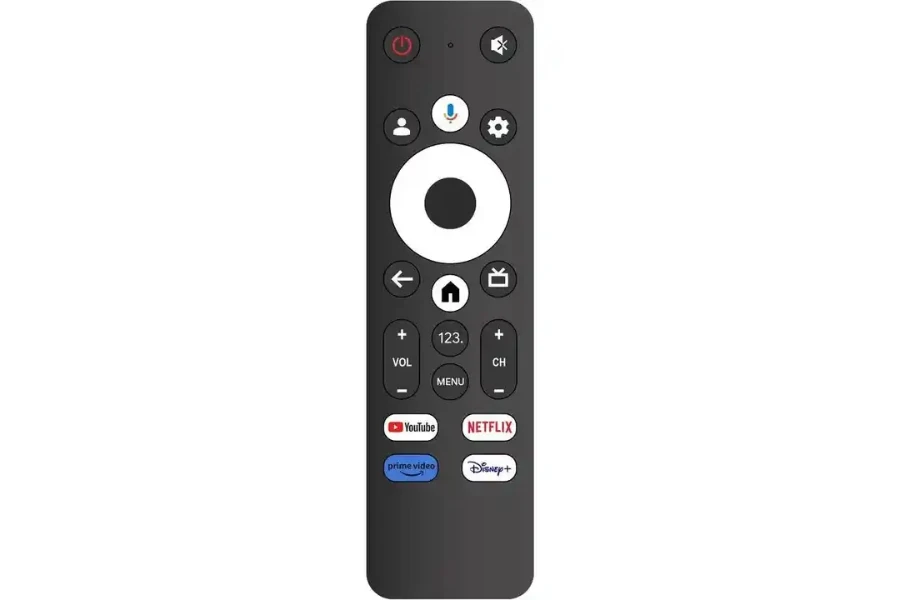
According to Statista, the smart remote market is one of the fastest-growing markets worldwide. In 2023, the revenue of the smart remote market was estimated at USD 266 million with a CAGR of 5.50% between 2023 and 2028. The US market topped revenues in 2023, taking USD 81,230K.
The increasing adoption of smart homes and automation has fueled the growing need for smart remotes. Also, their appeal and compatibility with various gadgets, including features for easy access, such as voice recognition, have fueled the demand. Regions with a high demand for smart remotes include the United States, China, Japan, India, and the United Kingdom.
How smart remotes work
A smart remote uses wireless connectivity such as Bluetooth, Wi-Fi, or infrared (IR) to communicate with the electronic devices they are designed to control. During the setup process, users typically select the devices they wish to manage, and the smart remote sends corresponding codes to those devices, often from a pre-programmed database. Some smart remotes also have a learning function that allows them to replicate commands from existing remote controls.
Many smart remotes feature touchscreen interfaces or displays, providing an interactive and customizable user experience. Users can navigate through menus, control devices, and set up macros or automated sequences using the touchscreen. Smart remotes often integrate with smart home ecosystems, connecting to devices like smart TVs, streaming devices, lights, and thermostats for centralized control and automation.
Voice control is a common feature in smart remotes, with built-in microphones or compatibility with virtual assistants such as Amazon Alexa, Google Assistant, or Apple’s Siri. This allows users to control devices using voice commands, adding a hands-free element to the remote’s functionality. Companion mobile apps are frequently available, offering additional features and settings that users can customize on their smartphones or tablets.
Cloud connectivity plays a role in keeping smart remotes up to date. It can facilitate firmware updates, access to device databases, and synchronization of settings across multiple remotes or devices. Ensuring power efficiency is also crucial, as smart remotes are typically powered by batteries, with some models featuring rechargeable options.
Pros of using smart remotes
- Convenience and simplified control – A smart remote consolidates multiple device controls into a single, user-friendly interface. Users can easily operate various entertainment and smart home devices with one remote. This streamlines the overall experience and eliminates the need for multiple remotes.
- Customizable settings and macros – Smart remotes often allow users to customize settings and create macros or automated sequences of commands. This flexibility enables personalized control scenarios, such as turning on specific devices simultaneously or setting up tailored activities like “movie night” with a single button press.
- Integration with smart home ecosystems – Smart remotes are designed to integrate seamlessly with smart home ecosystems. They can connect to devices like smart TVs, streaming devices, lights, and thermostats, offering a unified solution for managing various aspects of a smart home.
- Voice control capabilities – Many smart remotes feature built-in voice control functionality or compatibility with virtual assistants like Amazon Alexa or Google Assistant. This enables users to control devices using voice commands, adding an additional layer of convenience and hands-free operation.
- Enhanced user experience and accessibility – Smart remotes often come with user-friendly interfaces and touchscreens, providing a more intuitive and interactive experience. This design enhances accessibility for users of all ages and tech proficiency levels, making it easier to navigate and control devices without a steep learning curve.
Types of smart remotes
1. Universal smart remotes
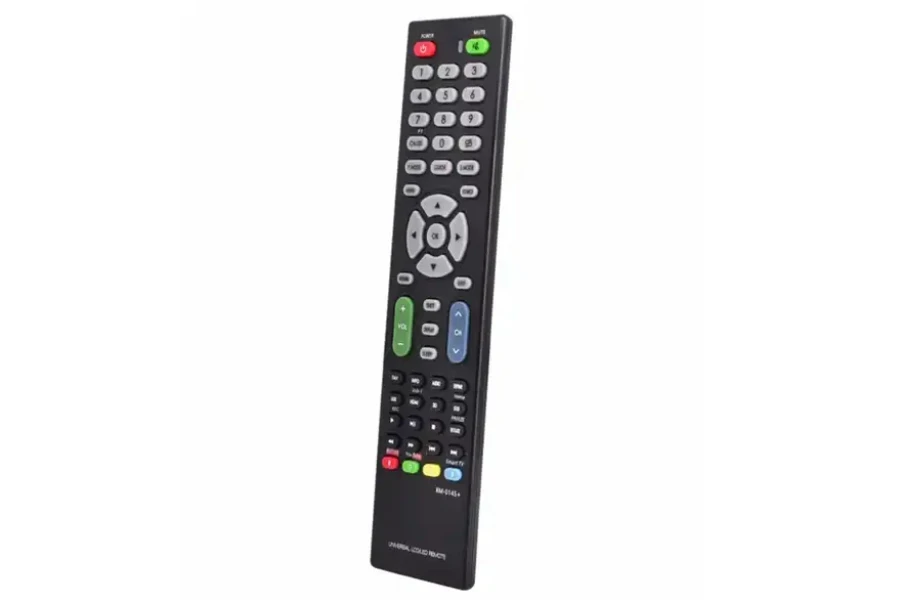
A universal smart remote can control several devices, such as TV sets, audio systems, and streaming devices. Most of these remotes have large code databases that support different brands and models for easy connectivity.
Depending upon usage patterns, battery life for these devices is usually around six months to one year. Their connectivity options include IR and, in most models, Wi-Fi or Bluetooth, which enable users to command devices when they are out of sight.
2. Smart home hub remotes
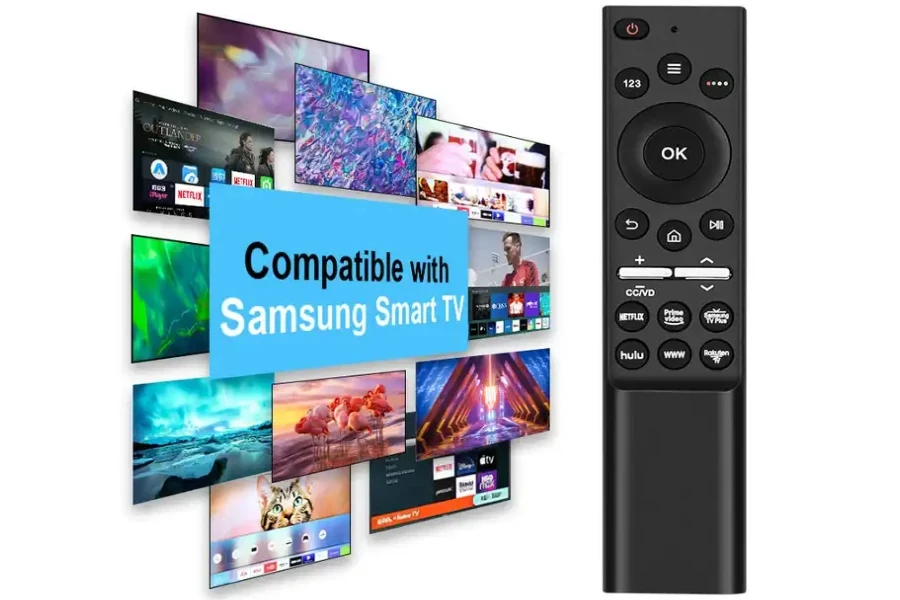
The smart home hub is a central control unit of interconnected household smart gadgets. These smart remotes are sometimes integrated into common smart home hubs such as Amazon Echo or Google Home. They provide a user-friendly interface with simple commands for controlling lights, thermostats, and security systems.
3. Voice-activated remotes

With voice-activated remotes, it is possible to utilize state-of-the-art voice recognition technologies to comprehend spoken instructions. They offer a hands-free experience to help search for content and adjust setups and app startups via voice commands only. These remotes usually employ Bluetooth and Wi-Fi to respond to suitable devices.
Voice-activated remotes have a natural language processing that allows more conversational dialogue and compatibility with virtual assistants such as Amazon Alexa and Google Assistant for added functionalities.
4. Touchscreen smart remotes
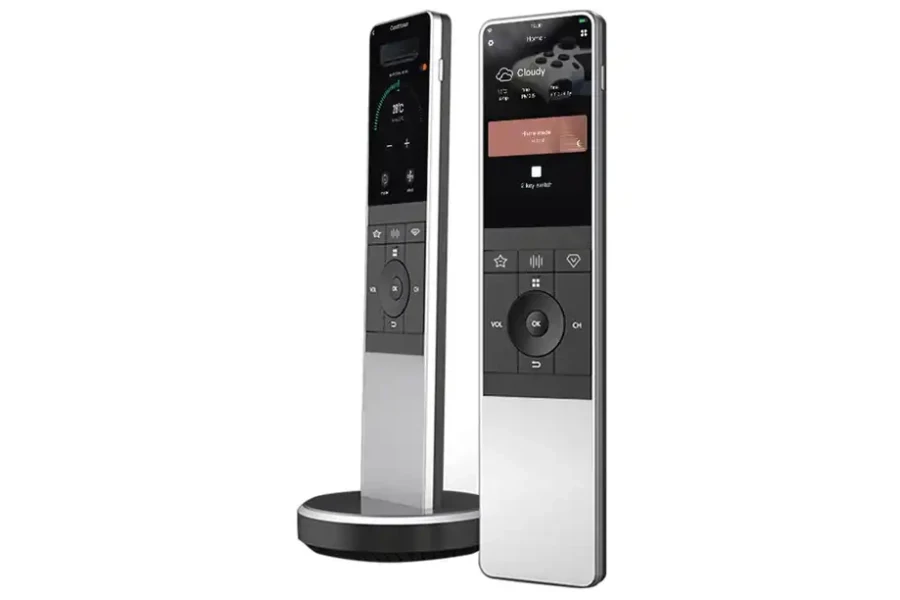
Smart touchscreen remotes have interactive LCD screens that provide a fantastic control experience. These remotes offer a user-configured interface for device control. They usually feature either Bluetooth or Wi-Fi connectivity. Touchscreen smart remotes are typically used to integrate smart home devices, and support several profiles.
A guide to buying the right smart remote
1. Battery life
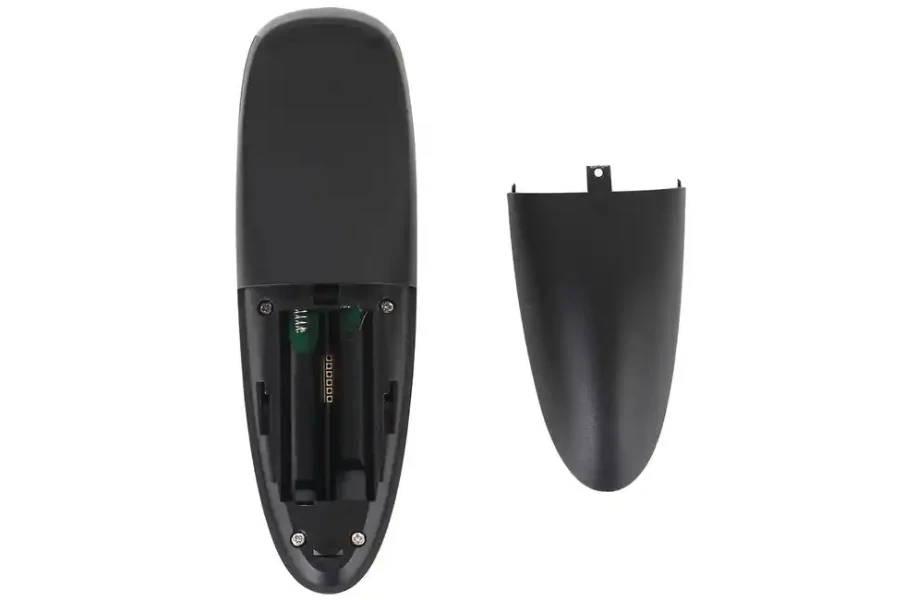
Different types of smart remotes have different battery lifespans. A model that is power intensive, like one with a touchscreen and voice recognition, may need a battery replacement once every four to six weeks, demonstrating that while these characteristics improve user experiences, they usually require more energy.
A universal remote may last longer, providing three months of so of battery life, since they have fewer functionalities. Rechargeable models will have an average battery life of about two to three weeks, depending upon usage patterns.
2. Cost
Features and overall quality will significantly influence the cost of a smart remote. Entry-level models, for example, favor affordability over advanced features, with prices starting at around USD 3 per unit.
Mid-range models will cost more due to the incorporation of more advanced features, improved build quality, and enhanced compatibility with a broader range of devices. These remotes are designed for users who seek a balance between cost and functionality, appealing to those who want a more comprehensive and convenient smart home control experience without reaching the premium price range.
At the premium level, smart remotes command a higher cost due to cutting-edge technologies, premium materials, and advanced features such as voice recognition, touchscreens, or AI integration. Targeted at tech enthusiasts and users who demand top-tier performance and an extensive set of features, these high-end remotes provide an unparalleled level of control and convenience. Depending on their functions and design, they may cost anywhere between USD 10-300 or more.
3. Compatibility
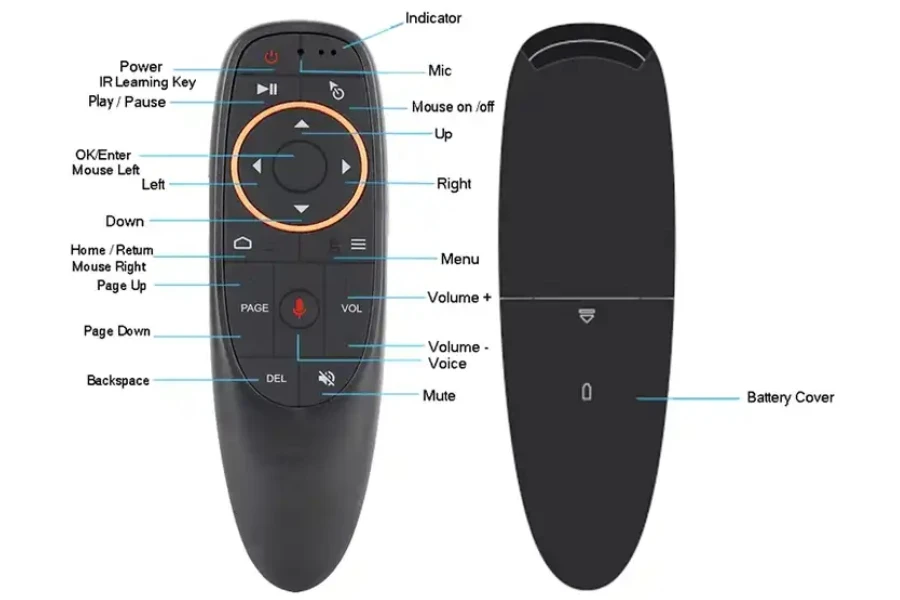
The smart remote you choose must support the TV, audio system, streaming device, or other smart home appliances that it will be used with. Universal remote controls are usually equipped with huge code libraries, allowing them to work on many appliances around the house.
For advanced features such as voice control and touchscreens, compatibility might differ. Always remember to verify that a purchase is compatible with the recommendations made by the manufacturer in terms of specifications and compatibility lists.
4. Connectivity
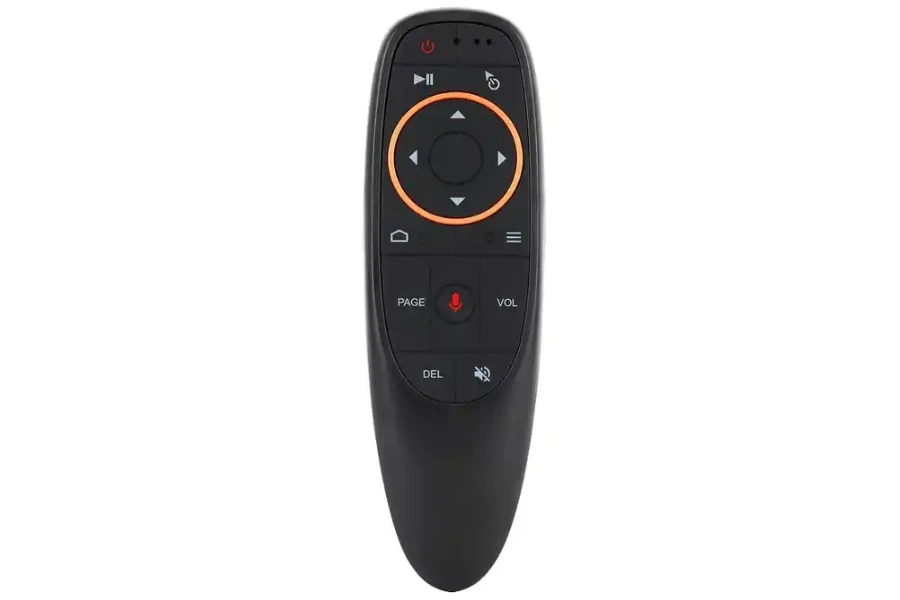
Understanding a specific smart remote’s connectivity options helps to guarantee its smooth incorporation into the home entertainment or control system. Most remotes connect with infrared (IR), Bluetooth, or Wi-Fi.
Many remotes, especially traditional varieties, connect using IR technology, relying on line-of-sight communication between the remote and the device it controls. While effective, this means that the range of these remotes can be limited.
Remotes equipped with Bluetooth technology, meanwhile, offer a wireless connection to devices within a certain range. Bluetooth enables a secure and energy-efficient communication link between the remote and the controlled devices. This technology is commonly found in smart remotes that will be connected to devices within close proximity, providing a more versatile and reliable option compared to IR.
Finally, Wi-Fi-enabled remotes connect to devices through a local network, offering an extended range and increased flexibility. This connection allows for control from a greater distance and enables integration with other smart home devices. Wi-Fi connectivity is common in advanced smart remotes that require internet access for additional features, firmware updates, or integration with smart home ecosystems. While providing enhanced capabilities, Wi-Fi remotes may require a more involved setup process.
5. Features
Smart remotes include programmable keys, automatic sequences via macro commands, touch-sensitive panels, speech capabilities, and connectivity with personal digital assistants.
Programmable keys – Remotes with programmable keys allow users to customize specific buttons to control different devices or execute specific functions, enhancing flexibility and personalization.
Automatic sequences via macro commands – Automatic sequences, facilitated by macro commands, enable remotes to execute a series of predefined actions with a single button press, streamlining complex operations for convenience.
Touch-sensitive panels – Remotes with touch-sensitive panels provide an intuitive interface, allowing users to navigate menus, adjust settings, and control devices with responsive touch gestures for a modern and user-friendly experience.
Speech capabilities – Remotes equipped with speech capabilities allow users to control devices using voice commands, providing a hands-free and convenient way to interact with their entertainment systems or smart home devices.
Connectivity with personal digital assistants – Remotes that can connect with personal digital assistants, such as Siri, Google Assistant, or Alexa, offer seamless integration with voice-controlled smart devices, enhancing overall home automation and control.
6. User interface
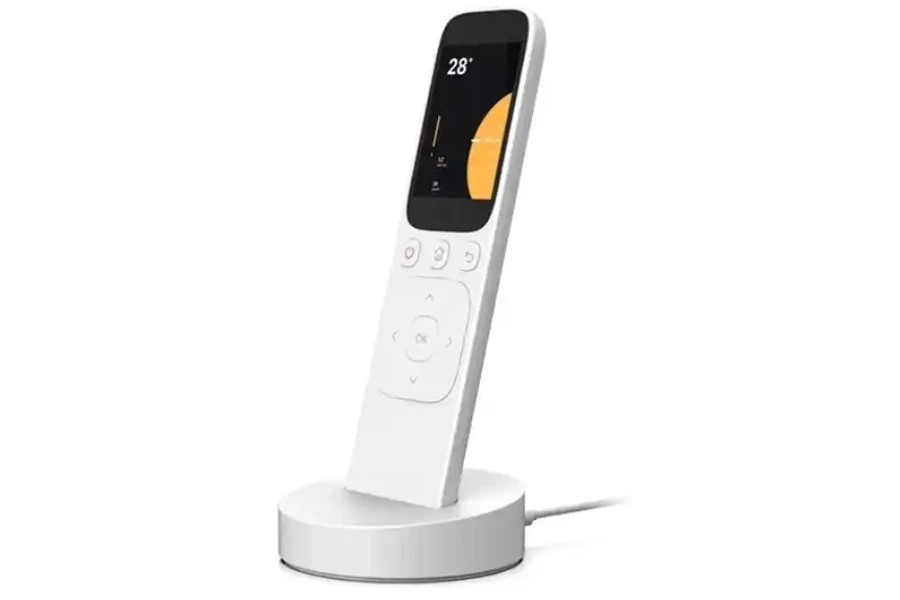
A smart remote’s user interface greatly determines the users’ experience. Touchscreen smart remotes provide a more interactive experience, while remotes with physical buttons provide a simpler, more familiar feel. Ease of usability must be weighed up in households where a range of people of different ages are likely to use the remote.
Conclusion
Picking the best smart remote requires consideration of several different factors, including battery life, price, ease of use, available features, connectivity, and compatibility. Balancing these factors will hopefully help you arrive at a smart remote that covers the necessary features at a reasonable cost. No matter what your needs are, you’re likely to find exactly what you need among the huge range of smart remotes on Alibaba.com.



